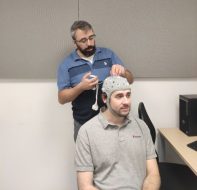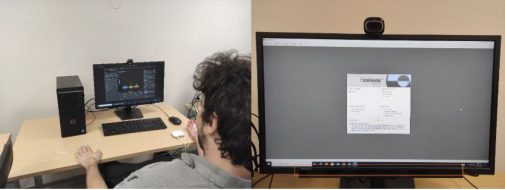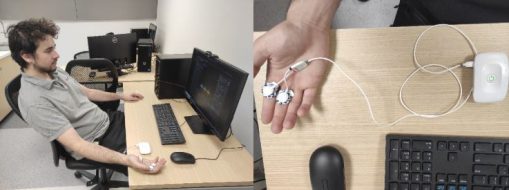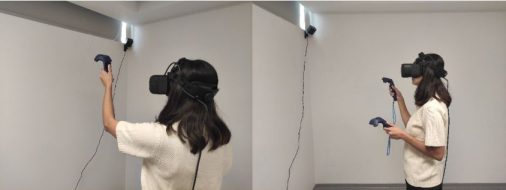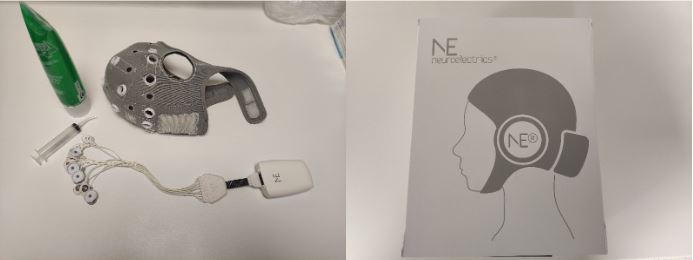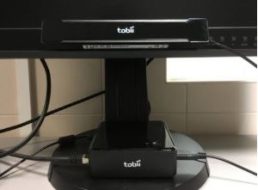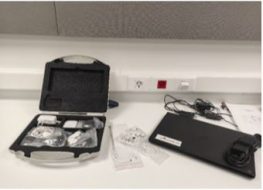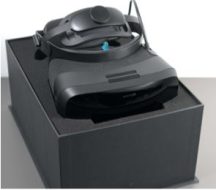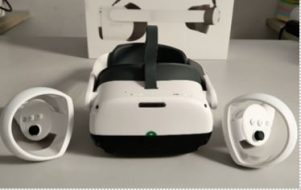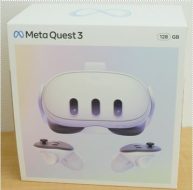Overview
The Psychology Network Lab (PsyNet Lab) is a USAID-funded center and a flagship research facility of the Psychology Department at The American College of Greece (ACG), designed to advance the department’s mission of fostering excellence in education, research, and community impact. The PsyNet Lab was founded by Dr. Chrysanthi Nega and is now led by Dr. Panagiotis Kourtesis. The lab reflects the department’s commitment to addressing critical scientific and societal challenges by providing a state-of-the-art environment for interdisciplinary and collaborative research. It serves as a hub for exploring the complexities of human behavior, cognition, and emotion across diverse domains, including cognitive psychology, neuroscience, clinical psychology, social psychology, education, and lifespan development. By integrating the department’s focus on rigorous, evidence-based research with cutting-edge methodologies, the PsyNet Lab ensures that its work has practical applications that benefit individuals and communities at local, national, and global levels.
PsyNet Lab also proudly hosts the Neuro-HCI XR Research Team, led by Dr Panagiotis Kourtesis, a specialized group of the Research Technology and Innovation Network of ACG, dedicated to studying how neuroscience, psychology, and human-computer interaction can come together to optimize user experience in immersive environments. This team’s work represents the lab’s commitment to producing innovative, applicable research that is not only impactful but also transferable to real-world scenarios.
PsyNet Lab’s Facilities
The PsyNet Lab’s state-of-the-art capabilities are strategically designed to support the Psychology Department’s mission to advance research and address complex societal challenges. These facilities empower studies in cognitive science, clinical interventions, social psychology, and educational research. With unmatched data precision and experimental flexibility, the lab is an attractive partner for academic collaborations, healthcare applications, and industry-driven projects. By combining traditional psychological methods with emerging technologies, the PsyNet Lab leads the way in producing impactful, globally relevant research.
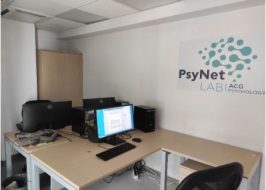
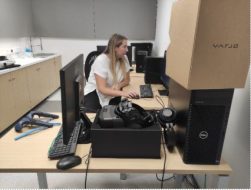
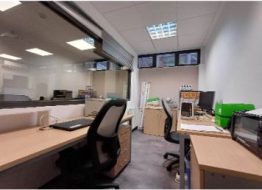
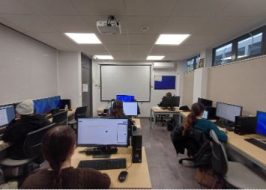

Get Involved
We invite researchers, educators, healthcare professionals, industry leaders, and organizations to join us in our mission to advance psychological science and technological innovation. Whether you are interested in funding opportunities, research collaborations, or contributing to our groundbreaking projects, there are many ways to get involved with the PsyNet Lab.
- Collaborate with Us: Partner on interdisciplinary projects that address global challenges in mental health, education, cognitive science, and human-computer interaction.
- Support Innovation: Help us expand our research capacity and develop transformative tools and technologies that improve lives and drive societal progress.
- Engage with Our Work: Explore how you can contribute to cutting-edge research and apply its findings in real-world settings.
For more information about funding inquiries, partnership opportunities, or to learn about our ongoing projects, please visit our Contact Page or reach out directly to the PsyNet Lab team. Together, we can push the boundaries of psychological research and innovation, shaping a brighter future for science and society.

Mission
The PsyNet Lab supports the Psychology Department’s mission by:
- Advancing Scientific Knowledge Across Domains: The lab facilitates research in areas such as cognitive psychology, neuroscience, clinical interventions, social and organizational psychology, and educational psychology. It incorporates methodologies like neurophysiological measures (EEG, ET, GSR), behavioral experiments, and mixed methods, reflecting the department’s emphasis on exploring human behavior from multiple perspectives.
- Encouraging Collaboration and Innovation: In line with the department’s vision, the PsyNet Lab fosters interdisciplinary projects that involve faculty, students, and external collaborators. These partnerships are designed to generate innovative insights that address critical challenges in mental health, social behavior, education, and technology.
- Promoting Practical Impact: The lab develops tools and methodologies with real-world applications, from enhancing mental health interventions and educational practices to advancing diversity, equity, and inclusion in workplaces and society.
Vision
The PsyNet Lab aspires to be a global leader in advancing psychological research and innovative technologies, addressing critical challenges across a wide range of sectors, including healthcare, education, workplace practices, and technology development. By integrating cutting-edge methodologies, such as neurocognitive research, behavioral analysis, and human-computer interaction (HCI), the lab is dedicated to developing solutions that have tangible, real-world impact.
Our vision extends beyond technological advancements. We aim to:
- Improve Mental Health and Well-Being: Develop tools and interventions that transform mental health care, making it more accessible, engaging, and effective.
- Revolutionize Education and Training: Create immersive and adaptive learning environments that enhance knowledge acquisition, skill development, and educational equity.
- Enhance Human Performance and Interaction: Bridge the gap between psychology and technology to optimize human performance, user experiences, and social interaction.
We believe that innovations in psychology and technology, including but not limited to XR, hold the key to addressing global challenges such as cognitive decline, mental health crises, and the need for inclusive, accessible education and workplace solutions. By fostering collaboration and integrating interdisciplinary approaches, the PsyNet Lab is building the foundation for the next wave of impactful research and applications that benefit individuals, organizations, and communities worldwide.

